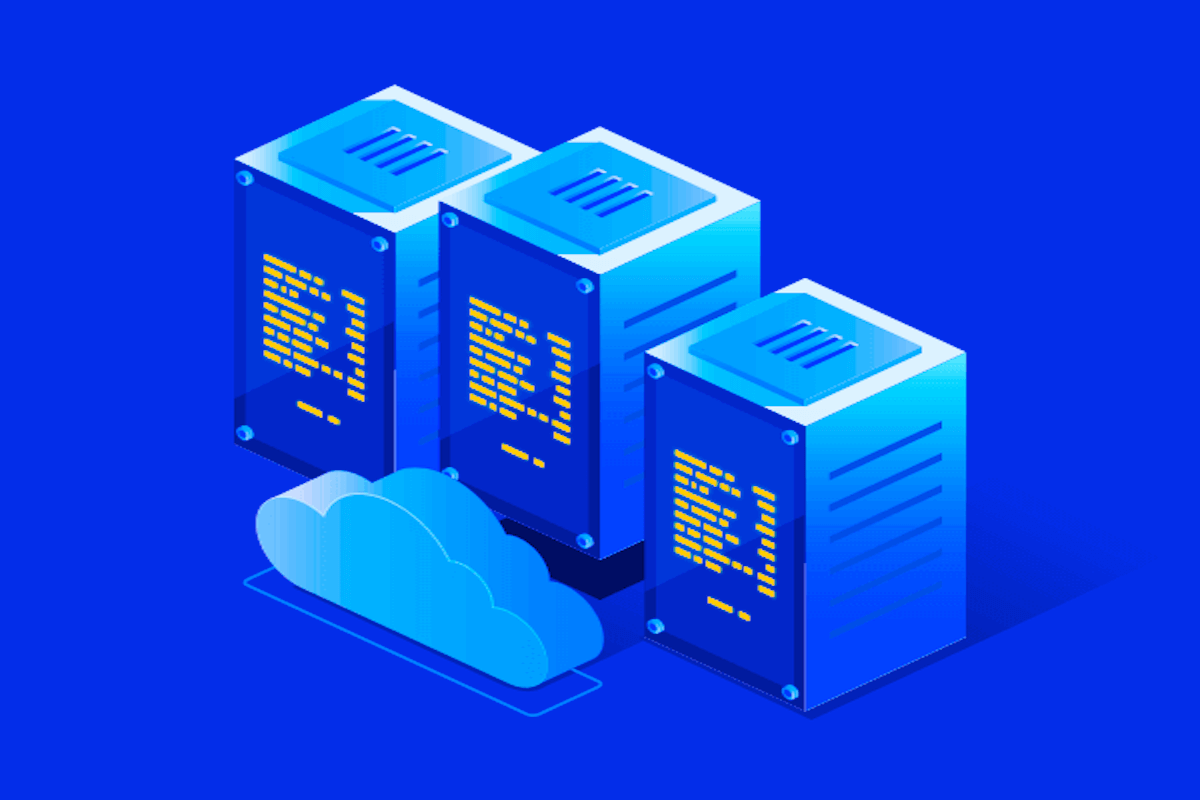How to create a virtual server for a website?

Virtual servers, or VPS (Virtual Private Server), are a very popular service. A virtual server is a set of dedicated computing resources from a large physical server, on which physical hardware is emulated. A virtual server has all the same advantages as a dedicated physical server, but without its drawbacks, and allows precise control over computing resources according to your needs. It also enables scaling (increasing or decreasing resources) as needed, which helps manage costs depending on current tasks. A virtual server can be created not only for website hosting but also for IP telephony, virtual switches and routers, private proxies or VPNs, and terminal servers — remote workstations for employees.
Modern technology has reached a level where creating a virtual server manually is not strictly necessary. You simply choose a suitable plan on the XServer website and get your server! Nevertheless, to start working with a virtual server, several steps are required:
- Choose the type of server to be deployed on the virtual machine;
- Select a pricing plan;
- Choose the operating system and server control panel.
The tasks assigned to the server will determine how to create your VPS server.
A server is a hardware and software system designed to perform specific tasks using specialized software. Therefore, the type of server chosen will affect the creation of the virtual server.
Servers can be categorized into several types:
- Web servers: The type most people think of when they hear "server." It should properly display dynamic pages and styles, quickly process client requests such as registration or data retrieval, and be protected against DDoS attacks.
- File servers: Designed to store data. They should store large volumes of information, retrieve it quickly, and provide access efficiently, requiring high-speed, large-capacity drives.
- Database servers: Their main task is fast data processing and returning results. Computational power is critical for such servers.
There are many other types of servers beyond these, but it is important to understand that a virtual server becomes a certain type due to the software installed, not its inherent nature. Before creating a VPS server, you should define its purpose to avoid overpaying for unused resources while meeting all your needs.
Before creating your dedicated virtual server, you need to decide on a pricing plan, which determines the computing resources available to you. To create virtual servers, you must understand how they will operate, the tasks they will perform, the number of websites to be hosted, the CMS in use, and any additional software planned. This information determines the required plan. Even though it is difficult to predict all details in advance, this is not a problem because XServer allows changing the VPS plan at any time.
The one thing that can be easily calculated in advance is the required disk space. Since the storage needed for websites or software is usually known, add at least 8-12 GB to provide minimal disk space for the operating system and control panel. XServer specialists recommend always purchasing server disk space with a margin.
Choosing an Operating System and Control Panel
There are two main families of server operating systems: Linux-based and Windows-based. Depending on the server type and software packages you plan to use, you should choose an operating system that meets your requirements before creating a VDS server.
When selecting an OS, keep in mind that most tools available on Windows are not available on Linux and vice versa. Most Linux OS versions, including server editions, are free. For help selecting the right plan, contact our specialists. We are always ready to answer your questions and help you make the right choice!